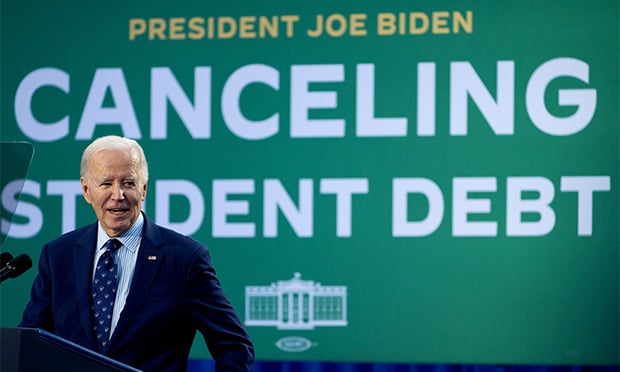As public retirement systems work to improve the efficiency of pension funds, the effects on employees vary from lower fees and higher contributions to higher age and service requirements.
That's among the findings of a study from the National Conference on Public Employee Retirement Systems, which also says that the challenges those retirement systems face have also compelled them to lower expectations on rates of return and lowering, or even removing, cost-of-living adjustments.
Changes to plans that affect employees directly can result in recruiting and retention problems, and while 63 percent of respondent systems say they don't have a problem with filling positions as people retire, 27 percent either do have a problem or anticipate that it will arise.
With an increasing percentage of systems not including overtime in their benefit calculations—55 percent said they do not in the 2019 study, which is 6 percent higher than the prior year—that's likely to become a problem in the future.
The existing trend away from defined benefit plans to defined contribution plans continues, with the 97 percent of respondents who said in 2018 that they offered DB plans falling to 89 percent of plans in 2019 saying that they do.
Other benefits on the decline include in-service death benefits (offered by 89 percent of respondents in 2018, falling to 79 percent in 2019); disability benefits (90 percent, falling to 82 percent); an automatic post-retirement COLA (59 percent, falling to 54 percent); and employer pickup of employee contributions (41 percent, falling to 37 percent). In addition, the COLA itself was smaller in 2019 than in 2018.
Retirement systems are also working on employee engagement, with the three largest activities in 2019 being notification of updated handbook/summary plan descriptions, expanding retirement planning education for members and developing staff talking points on key issues. Six percent more conducted a member satisfaction assessment, compared with 2018, and the activity being considered by the most plans is conducting online educational sessions for participants.
The use of social media as a means of employee communication has actually fallen from 2018 to 2019, from 40 percent to 37 percent, and mass text messages sent to the entire membership have fallen from 9 percent to 3 percent while mass e-mails have also declined—from 44 percent to 33 percent. Perhaps this is a response to employees' increasing expectation of more personalized treatment.
Last but not least, the percentage of sponsors offering a health plan has risen—from 46 percent in 2018 to 52 percent in 2019—but there's been a 6 percent drop in traditional coverage to just 26 percent, possibly in moves to health savings accounts and voluntary employees' beneficiary associations.
The report adds, "In addition, we see a reduction in eligibility for retirees and beneficiaries when looking at the population of funds that responded to both of the 2019 and 2018 studies. This may be driven by the transition to subsidy and HSA-style benefits."
READ MORE:
Complete your profile to continue reading and get FREE access to BenefitsPRO, part of your ALM digital membership.
Your access to unlimited BenefitsPRO content isn’t changing.
Once you are an ALM digital member, you’ll receive:
- Breaking benefits news and analysis, on-site and via our newsletters and custom alerts
- Educational webcasts, white papers, and ebooks from industry thought leaders
- Critical converage of the property casualty insurance and financial advisory markets on our other ALM sites, PropertyCasualty360 and ThinkAdvisor
Already have an account? Sign In Now
© 2025 ALM Global, LLC, All Rights Reserved. Request academic re-use from www.copyright.com. All other uses, submit a request to [email protected]. For more information visit Asset & Logo Licensing.









